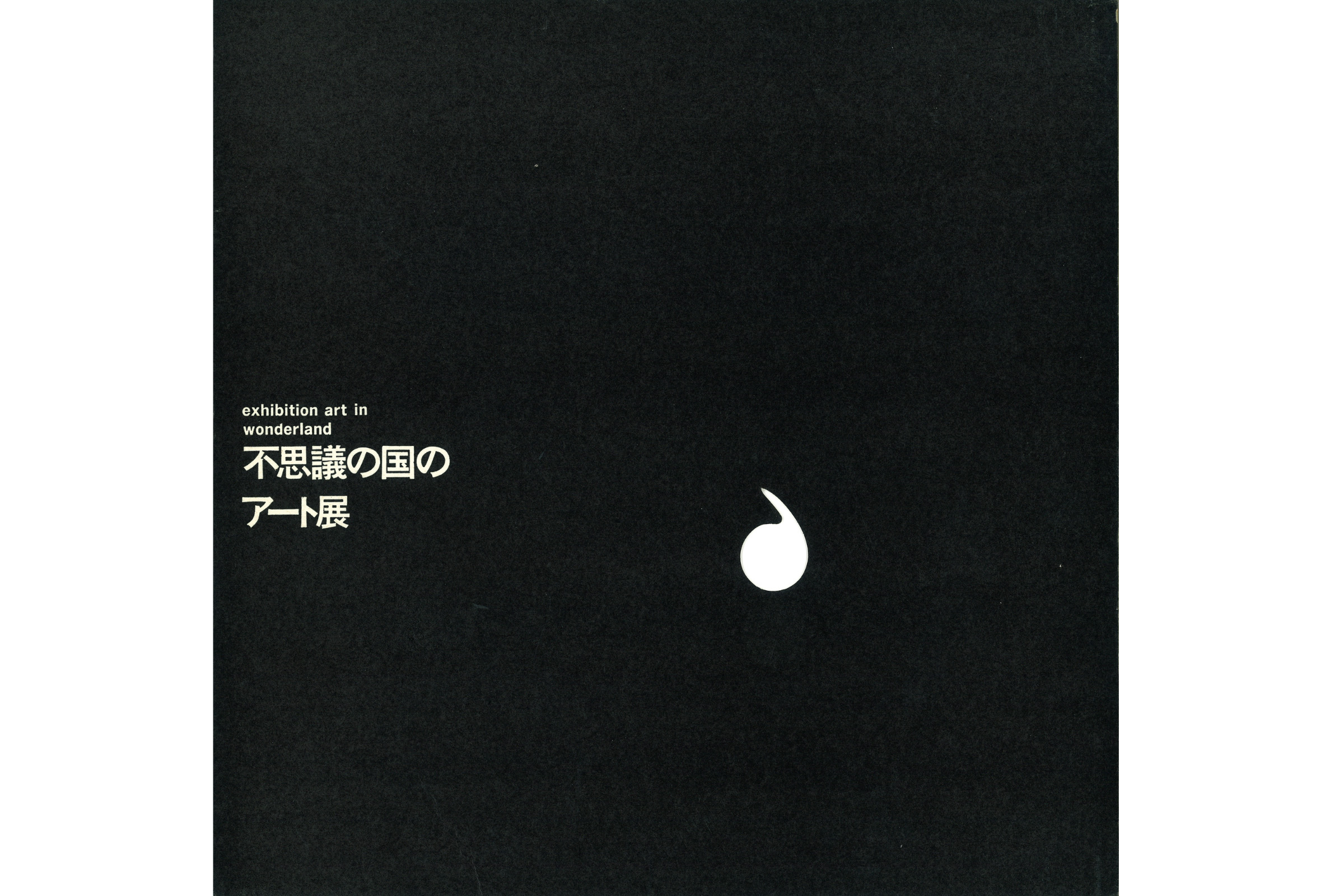Tokyo
Art in Wonderland
1967/12/11–12/26
Artists: Eisaku Tanaka, Shintaro Tanaka, Natsuyuki Nakanishi, Yuri Nonaka, Yutaka Hatta, Yoichi Hirata, Kei Hiraga, Michio Fukuoka, Shigeo Fukuda, Masakazu Horiuchi, Josaku Maeda, Yutaka Matsuda, Tomio Miki, Teruo Miyagi, Aiko Miyawaki, Shuji Mukai, Yoshio Murakami, Akira Mokubo, Ryohei Yanagihara, Katsuhiro Yamaguchi, Keigo Yamamoto, Kazuo Yuhara, Minoru Yoshida, Toshio Yoshida, Michio Yoshihara, Masunobu Yoshimura, Makoto Wada, Hiroshi Akana, Genpei Akasegawa, Shoji lida, Takamichi lto, Takayasu lto, Bukichi Inoue, Norio Imai, Kumiko Imanaka, Kazuo Okazaki, Taro Okamoto, Shinjiro Okamoto, Yukiko Katsura, Joji Kikunami, Mokuma Kikuhata, Yoji Kuri, Nobuaki Kojima, Masaru Konno, Yoshishige Saito, Morio Shinoda, Ushio Shinohara, Kazuo Shiraga, Shin Shingu, Kohei Sugiura, Yoshinori Suzuki, Yoshio Sekine, Shu Takahashi, Soshichi Takama, Jiro Takamatsu, Minami Tada and Masatoshi Tamaki
